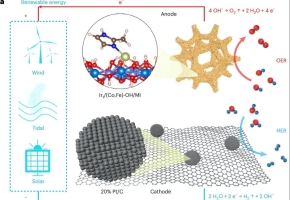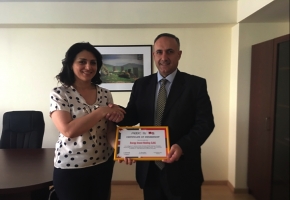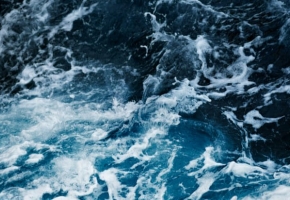Fungus breaks down ocean plastic

The fungus Parengyodontium album lives together with other marine microbes in thin layers on plastic litter in the ocean. Marine microbiologists from the Royal Netherlands Institute for Sea Research (NIOZ) discovered that the fungus is capable of breaking down particles of the plastic polyethylene (PE), the most abundant of all plastics that have ended up in the ocean. The finding allows the fungus to join a very short list of plastic-degrading marine fungi: only four species have been found to date. A larger number of bacteria was already known to be able to degrade plastic.
The researchers went to find the plastic degrading microbes in the hotspots of plastic pollution in the North Pacific Ocean. From the plastic litter collected, they isolated the marine fungus by growing it in the laboratory, on special plastics that contain labelled carbon.
However, the presence of sunlight is essential for the fungus to use PE as an energy source, the researchers found. In the lab, P. album only breaks down PE that has been exposed to UV-light at least for a short period of time. That means that in the ocean, the fungus can only degrade plastic that has been floating near the surface initially. It was already known that UV-light breaks down plastic by itself mechanically, but our results show that it also facilitates the biological plastic breakdown by marine fungi.
Finding plastic-degrading organisms is urgent. Every year, humans produce more than 400 billion kilograms of plastic, and this is expected to have at least triple by the year 2060. Much of the plastic waste ends up in the sea: from the poles to the tropics, it floats around in surface waters, reaches greater depths at sea and eventually falls down on the seafloor.
Source: Royal Netherlands Institute for Sea Research
Image: The Ocean Cleanup







